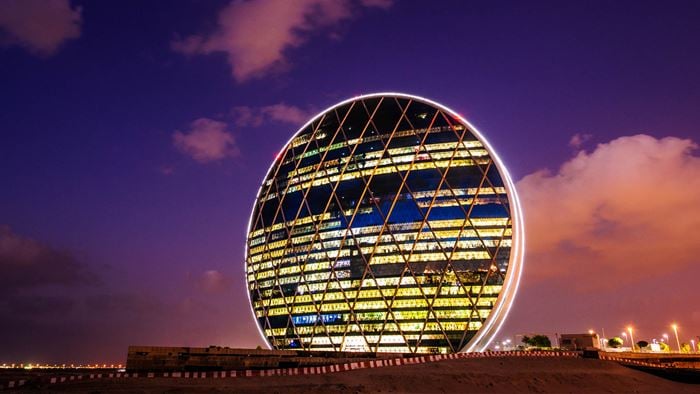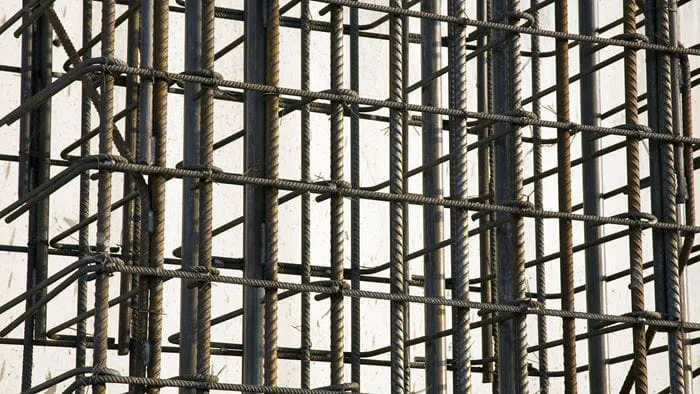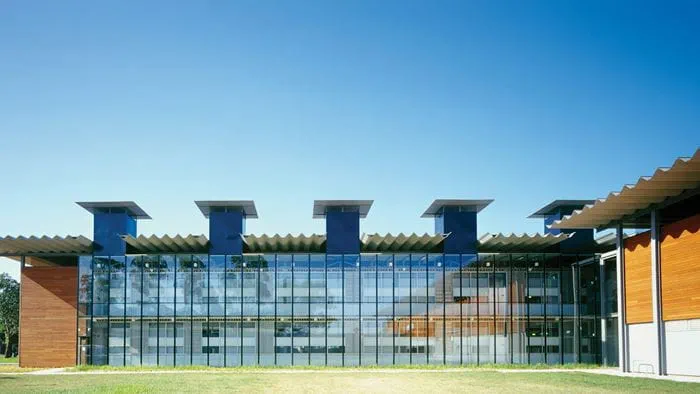Part spectacle, part ride—all Vegas—Caesars’ High Roller goes a step beyond observation wheels like the London Eye and the Singapore Flyer, offering a full entertainment experience along with dizzyingly high views of the city. Located across the strip from Caesars Palace, the wheel serves as the focal point of the company’s newly developed quarter-mile-long entertainment row, featuring casinos, fine dining, and high-end retail outlets. Currently the largest wheel of its kind in the world, the High Roller features a circular rim formed of a single tube supporting 28 spherical cabins. Each cabin will accommodate up to 40 people, who can partake in a number of themed entertainment experiences throughout the 30 minute ride, including Elvis and Frank Sinatra “Experiences”.
Arup provided a wide range of design services on this project, including structural, geotechnical, mechanical, and electrical engineering, as well as acoustics and fire safety consulting.
Open in March 2014, Caesars’ High Roller will be an iconic ride that promises to redefine the Las Vegas skyline and draw crowds from around the world.
Unique design
The sheer size of the High Roller and the site’s narrow footprint presented a number of challenges to Arup’s design team. Because the wheel is situated over an existing road flanked by a monorail, the potential locations for support legs were limited. After extensive design studies, Arup determined that the best approach was to support the hub of the wheel using four inclined legs with a single transverse brace founded across the road. Arup pioneered the idea of using a spherical cabin shape because it was architecturally arresting, offered spacious interiors, and panoramic views.
With a design life of 50 years, the High Roller will rotate as many as 650,000 times and therefore be designed against fatigue. Numerous detailed stress analyses were conducted before finalising the steelwork details and specifications to control stress concentrations on the bearings, steelwork, cables, and fittings.
.jpg?h=1125&w=2000&hash=45F13923A0358971062FC738023DE112) ;
;















